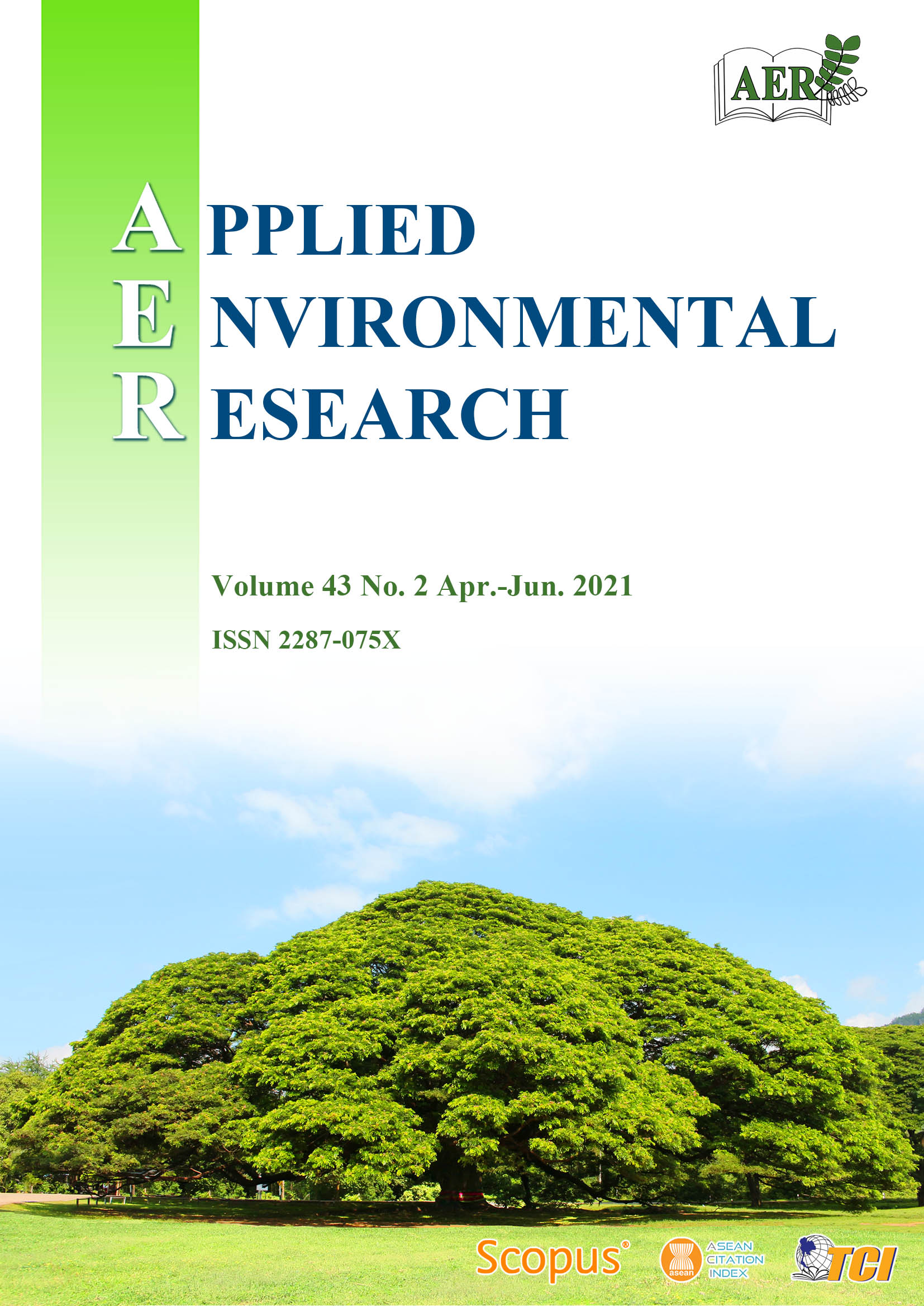Current Trends in Steroidal 17α-ethynylestradiol (EE2) Removal from the Environment: A Review
Main Article Content
Abstract
Emerging contaminants have posed major environmental and health challenges to human and aquatic lives. They include pharmaceuticals, endocrine disrupting compounds (EDCs), persistent environmental pollutants and many more. EE2 is an example of an endocrine disrupting compounds (EDCs) increasingly gaining acceptance and used to augment the deficiencies of other reproductive hormones. EE2 constitutes environmental nuisance via discharge into aquatic bodies, thus, threatening aquatic lives and resulting in health defects in human. It is worthy of note that previous researchers have channeled their studies to identifying ways of expelling EE2 from the environment. However, they remain persistent in the environment. The current review examined biological, chemical, physical and nanotechnological approaches in expelling EE2 from the environment. All methods discussed have been efficient in EE2 removal. From the review, both independent and combinatorial approaches in EE2 removal has yielded efficient results.
Article Details

This work is licensed under a Creative Commons Attribution-NonCommercial 4.0 International License.
Published articles are under the copyright of the Applied Environmental Research effective when the article is accepted for publication thus granting Applied Environmental Research all rights for the work so that both parties may be protected from the consequences of unauthorized use. Partially or totally publication of an article elsewhere is possible only after the consent from the editors.

